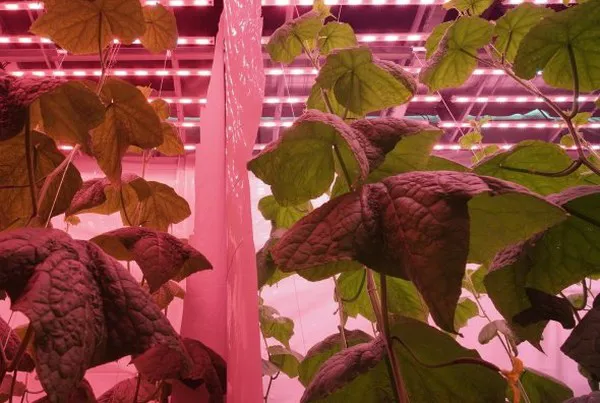Due to high energy prices, cucumber growers are forced to use less electricity and heat in their cultivation. This automatically has consequences for cultivation. For example, using less (LED) lighting results in lower production. The exact consequences depend on the choices regarding the energy supply. It is still unknown how other lighting strategies influence production and quality (and therefore turnover). The Greenhouse Horticulture and Flower Bulbs Business Unit of Wageningen University & Research are investigating this relationship.

Light does a lot with a crop. It provides energy so that plants can grow. It also provides useful information. The plants 'sense' what conditions it is in and responds to those environmental signals. For example, to close the stomata when it becomes evening or growing taller when there is more shade. Both the amount of energy and the information can be controlled, for example, by modulating the artificial lighting intensity or by adjusting the composition of the light. The question is: how can light be used optimally with the lowest possible energy consumption so that the grower realizes the highest possible production?
In the LED Innovation and Demonstration Center (IDC LED) in Bleiswijk, WUR has set up a research facility for high-wire cultivations. Winter conditions can be simulated here in 4 compartments all year round. WUR is working here on new knowledge about the effects of light on cucumbers. The aim is for this knowledge to be directly applicable in practice so that growers can grow crops that are as energy-efficient as possible for their own cultivation system and circumstances.
The research shows, among other things, that all wavelengths in the light spectrum contribute to production. But using higher intensities of blue and white light leads to higher energy bills for comparable production. Moreover, if the amount of far-red light increases, a relatively large amount of dry matter is distributed towards the fruits: this is at the expense of the total fresh weight of the fruits, which is not economically beneficial. Finally, optimizing crop light interception at lower light levels is critical.
 For more information:
For more information:
Wageningen University & Research
www.wur.nl
